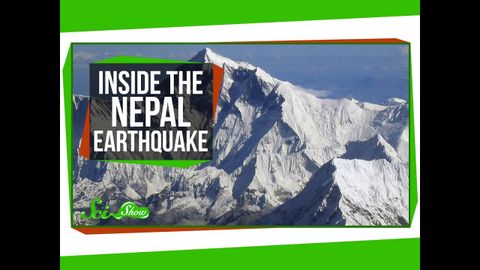
字幕と単語
動画の中の単語
strike
US /straɪk/
・
UK /straɪk/
- v.t.打つ;削除する
- n. (c./u.)打つ;ストライク;ストライキ;ストライク;攻撃
- v.i.突然~の状態になる;突然思いつく
A2 初級TOEIC
もっと見る surface
US /ˈsɚfəs/
・
UK /'sɜ:fɪs/
- v.t.(道路を)舗装する : 新しい表面につくりかえる
- v.i.浮上する;浮上する;表面に浮上する
- adj.表面の
- n. (c./u.)表面 : 面 : 水面;うわべ : 見かけ : 外観;表面
A2 初級TOEIC
もっと見る trap
US /træp/
・
UK /træp/
- n. (c.)罠;一頭馬でひかれる馬車;トラップ;口;抜けられない状況
- v.t.罠にかける;人が動けないようにする;逃れないようにする;騙す;(抜き差しならぬ状態に)追い込む
A2 初級
もっと見る エネルギーを使用
すべての単語を解除
発音・解説・フィルター機能を解除
